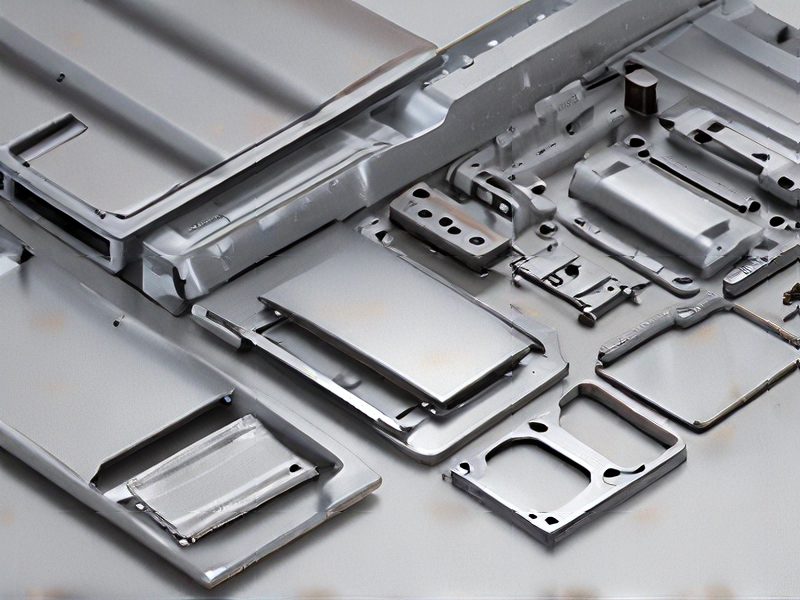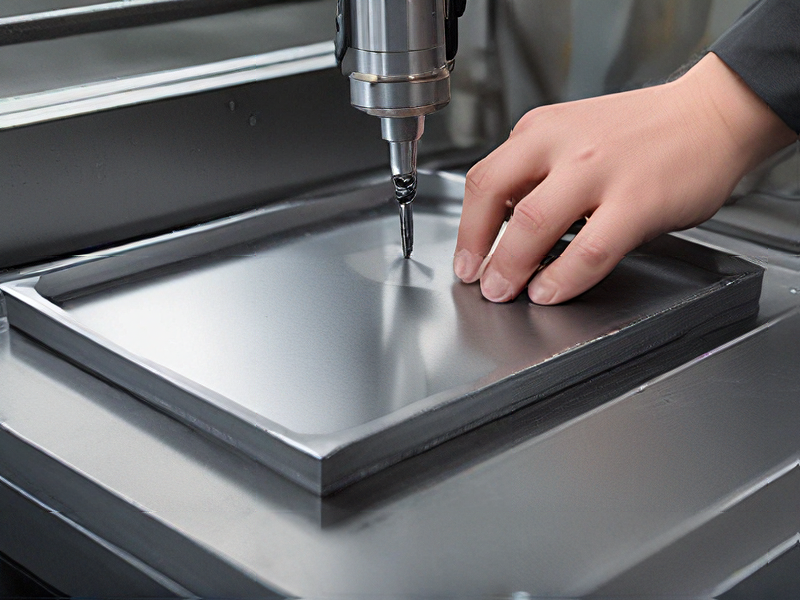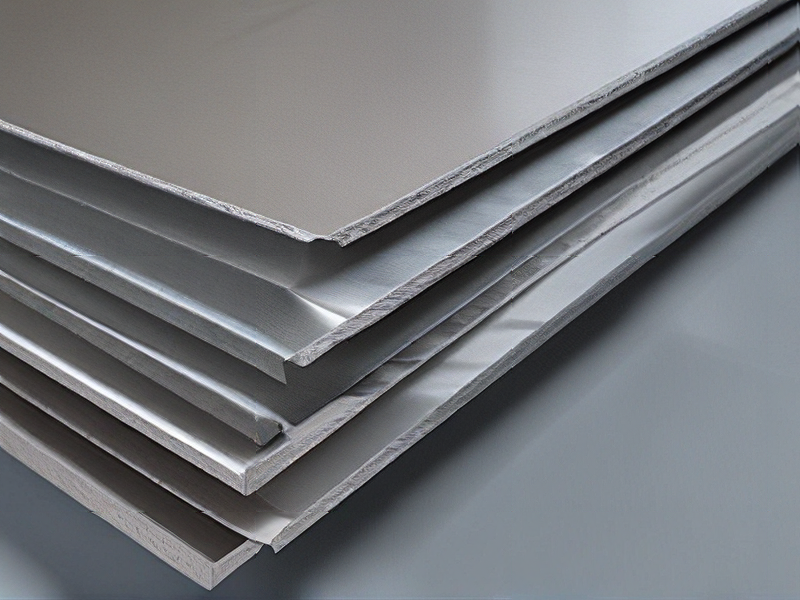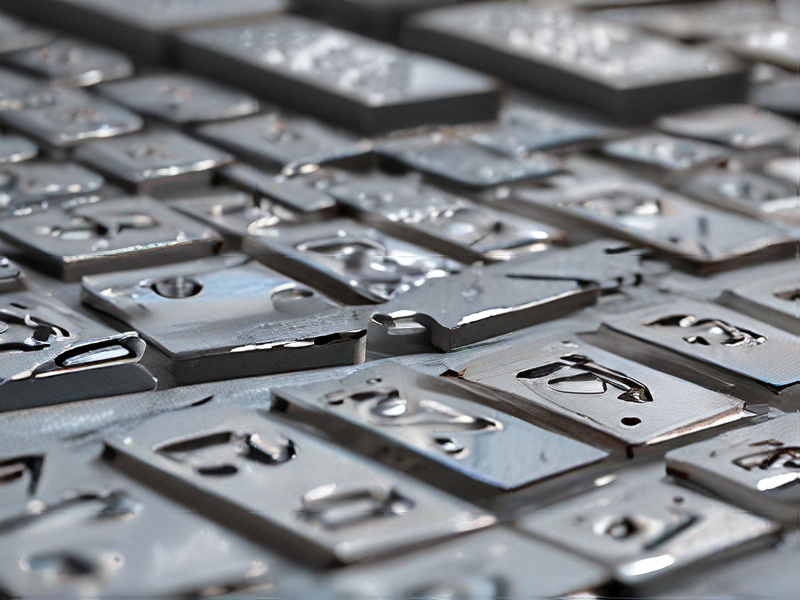Technology and Applications of sheet metal products
Sheet metal products play a crucial role in various industries due to their versatility, durability, and adaptability. These products are created by processing flat sheets of metal, such as steel, aluminum, brass, or copper, through cutting, bending, and assembling.
Technology:
1. Laser Cutting: Utilizes high-powered lasers to precisely cut shapes and designs from metal sheets. It’s highly accurate and efficient, reducing waste.
2. Stamping: Involves pressing shapes into metal sheets using a die. This method is suitable for high-volume production.
3. Bending: Metal sheets are bent to desired angles using press brakes or other bending machines. This is crucial for creating components with specific geometries.
4. Welding: Joins metal pieces together by melting their edges and fusing them. Techniques include MIG, TIG, and spot welding.
5. CNC Machining: Computer Numerical Control (CNC) machines automate the precise cutting, drilling, and shaping of sheet metal.
Applications:
1. Automotive Industry: Sheet metal is used to manufacture car bodies, chassis, and other components due to its strength and malleability.
2. Construction: Used in roofing, siding, ductwork, and structural elements, sheet metal is valued for its durability and weather resistance.
3. Aerospace: Lightweight and strong sheet metal components are essential for aircraft structures, including wings, fuselage, and engine parts.
4. Consumer Electronics: Enclosures and cases for devices like computers, smartphones, and home appliances are often made from sheet metal for protection and heat dissipation.
5. Furniture: Metal desks, cabinets, and shelving units benefit from the robustness and aesthetic appeal of sheet metal.
6. HVAC Systems: Ducts, vents, and other components in heating, ventilation, and air conditioning systems are made from sheet metal for efficient airflow and durability.
The advancement in technologies such as automation and precision tools has expanded the capabilities and applications of sheet metal products, making them integral to modern manufacturing and construction.

Quality Testing Methods for sheet metal products and how to control quality
Quality testing methods for sheet metal products ensure they meet specified standards and function effectively. Key methods include:
1. Visual Inspection: Examines the sheet metal for surface defects, including scratches, dents, or discoloration.
2. Dimensional Inspection: Measures the dimensions using tools like calipers, micrometers, and coordinate measuring machines (CMM) to ensure they meet design specifications.
3. Material Testing:
– Tensile Testing: Assesses the material’s strength by stretching it until it breaks.
– Hardness Testing: Uses tools like Rockwell or Vickers hardness testers to measure resistance to indentation.
– Thickness Testing: Uses ultrasonic or micrometer techniques to check uniformity and consistency of thickness.
4. Non-Destructive Testing (NDT):
– Ultrasonic Testing: Detects internal flaws using high-frequency sound waves.
– Radiographic Testing: Uses X-rays or gamma rays to identify internal defects.
– Dye Penetrant Inspection: Reveals surface cracks by applying a visible or fluorescent dye.
5. Corrosion Testing: Assesses the metal’s resistance to corrosion through salt spray tests or other environmental exposure tests.
To control quality, the following practices are essential:
1. Standard Operating Procedures (SOPs): Establish clear, standardized procedures for all manufacturing and testing processes.
2. Quality Management Systems (QMS): Implement systems like ISO 9001 to maintain consistent quality standards.
3. Statistical Process Control (SPC): Use statistical methods to monitor and control the production process, identifying and addressing variations in real time.
4. Regular Audits and Inspections: Conduct regular audits to ensure compliance with quality standards and identify areas for improvement.
5. Training and Education: Continuously train employees on quality standards and procedures to maintain a high level of competency.
6. Supplier Quality Management: Ensure that raw materials from suppliers meet required quality standards through rigorous supplier assessments and audits.
By integrating these testing methods and quality control practices, manufacturers can ensure the reliability, durability, and performance of sheet metal products.

Tips for Procurement and Considerations when Purchasing from sheet metal products
When procuring sheet metal products, several considerations can enhance the procurement process:
1. Specification Clarity: Clearly define the required specifications such as material type (aluminum, steel, etc.), thickness, dimensions, tolerances, and surface finish. This ensures suppliers understand your needs accurately.
2. Supplier Qualification: Assess suppliers based on their experience with similar projects, quality certifications (ISO 9001, AS9100, etc.), and production capabilities. A reliable supplier can ensure consistent quality and timely delivery.
3. Cost and Value: Balance cost considerations with the quality and value offered. Cheaper options may compromise on material quality or finishing, impacting product durability and performance.
4. Lead Times: Evaluate suppliers’ ability to meet your production schedule. Consider lead times for manufacturing, shipping, and potential delays to avoid disruptions in your operations.
5. Quality Assurance: Request samples or visit supplier facilities to assess quality control measures. Ensure they adhere to industry standards and have systems in place to detect and rectify defects.
6. Communication and Collaboration: Establish clear communication channels and expectations with suppliers regarding order updates, changes, and issue resolution. Good communication fosters a productive partnership.
7. Logistics and Packaging: Discuss packaging requirements to prevent damage during transit. Consider logistics costs and customs requirements if sourcing internationally.
8. Environmental Impact: Evaluate suppliers’ sustainability practices and commitment to environmental standards. This can align with corporate responsibility goals and customer expectations.
9. Contractual Agreements: Define terms and conditions clearly in contracts regarding pricing, delivery schedules, quality standards, and dispute resolution mechanisms.
10. Feedback and Continuous Improvement: Gather feedback from end-users and internal teams to identify areas for improvement in supplier performance and product quality.
By focusing on these considerations, you can streamline the procurement process for sheet metal products, ensuring you obtain high-quality components that meet your operational needs efficiently.

FAQs on Sourcing and Manufacturing from sheet metal products in China
Certainly! When sourcing and manufacturing sheet metal products in China, consider these FAQs:
1. How do I find a reliable manufacturer?
Research online directories, attend trade shows, and ask for recommendations. Verify credentials, visit facilities if possible, and request samples.
2. What are typical manufacturing lead times?
Lead times vary based on product complexity and manufacturer capacity. Typically, expect 4-8 weeks, excluding shipping.
3. Can I customize designs or request prototypes?
Yes, most manufacturers offer customization. Prototyping ensures design feasibility and quality before full-scale production.
4. What quality standards should I expect?
Chinese manufacturers can meet international standards like ISO 9001. Specify quality requirements and conduct inspections during production.
5. How can I manage costs and avoid unexpected fees?
Obtain detailed quotes covering tooling, material, labor, and any additional charges. Clarify payment terms, shipping costs, and tariffs upfront.
6. What are common challenges with manufacturing in China?
Language barriers, cultural differences, and intellectual property protection are significant concerns. Work with reputable partners and legal advisors.
7. How can I ensure product quality and consistency?
Implement quality control measures, conduct regular inspections, and maintain open communication with the manufacturer.
8. What logistics and shipping options are available?
Choose between sea, air, or rail freight based on urgency and cost considerations. Factor in packaging requirements and import/export regulations.
9. What should I know about intellectual property protection?
Register trademarks and patents in China and your home country. Use non-disclosure agreements (NDAs) and safeguard designs throughout the manufacturing process.
10. Are there environmental considerations in manufacturing?
Ensure compliance with environmental regulations. Inquire about manufacturers’ sustainability practices and certifications.
Navigating sourcing and manufacturing in China requires thorough planning, clear communication, and diligent oversight to achieve successful outcomes.

